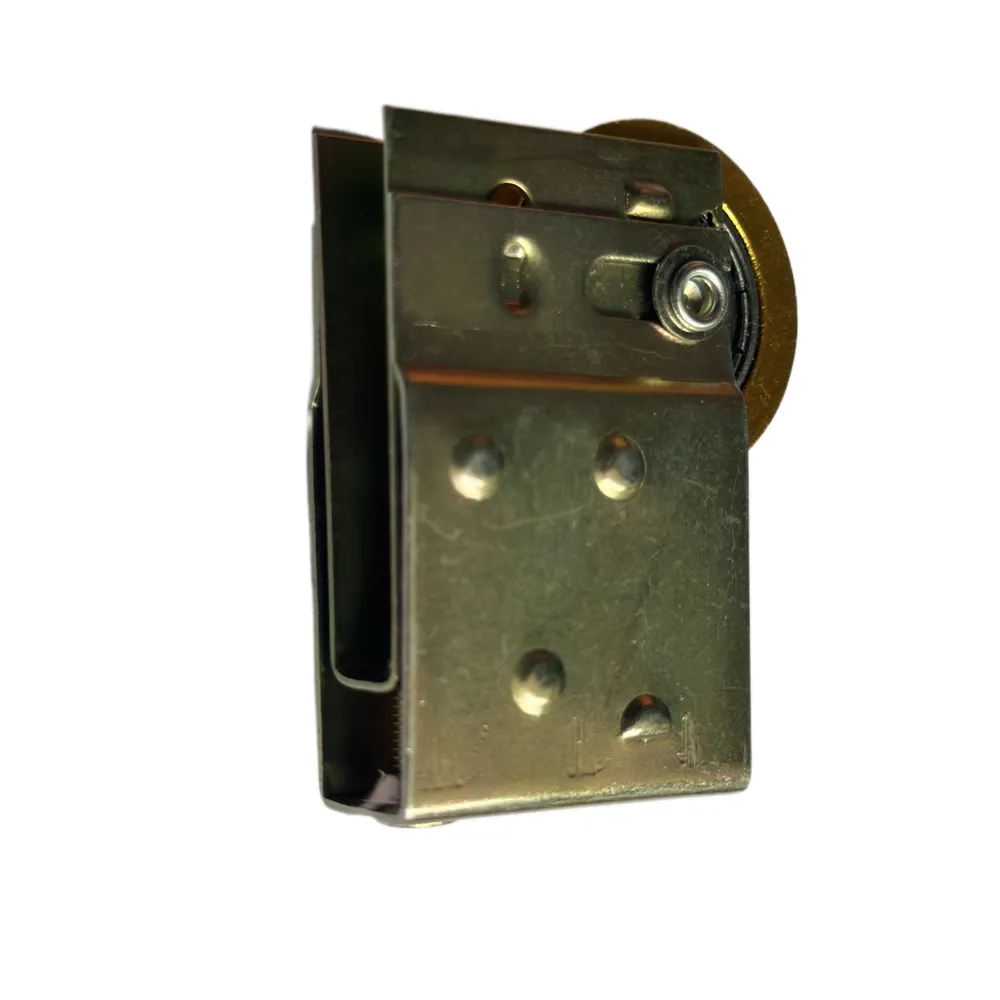Cast Iron Collars and Bushings for Enhanced Durability and Performance in Various Applications
Cast Iron Collar and Bushings An Overview
Cast iron components play a significant role in various industries due to their durability, strength, and versatility. Among these components, cast iron collars and bushings are particularly important fixtures, used extensively in mechanical engineering, construction, and automotive applications. This article explores the characteristics, advantages, and applications of cast iron collars and bushings.
What Are Cast Iron Collars and Bushings?
Cast iron collars are typically circular bands that encircle a shaft or a joint, functioning to secure components together and providing structural integrity. Bushings, on the other hand, are cylindrical linings inserted into holes to provide a bearing surface for shafts or to reduce wear and tear. Both collars and bushings are often fabricated from various grades of cast iron, including gray cast iron and ductile iron, which offer different mechanical properties suited for specific applications.
Characteristics of Cast Iron
One of the defining characteristics of cast iron is its excellent castability, allowing for complex shapes and sizes to be produced efficiently. The high carbon content in cast iron also contributes to its outstanding wear resistance, making it suitable for heavy-duty applications. Cast iron components exhibit good machinability, enabling further processing to achieve precise dimensions. The material's ability to dampen vibrations and its resistance to deformation under load enhance the performance of collars and bushings in diverse settings.
Advantages of Using Cast Iron
cast iron collar and bushings

The use of cast iron collars and bushings offers several advantages. Firstly, the material's strength and durability ensure a long lifespan, even in demanding environments. Cast iron components can withstand high loads, making them ideal for applications where reliability is critical. Additionally, cast iron's resistance to wear and corrosion minimizes maintenance requirements, reducing downtime and associated costs.
Another significant advantage of cast iron is its cost-effectiveness. Compared to other materials such as stainless steel or brass, cast iron provides an economical solution without compromising on performance. Its widespread availability and ease of manufacturing further enhance its appeal in various industries.
Applications of Cast Iron Collars and Bushings
Cast iron collars and bushings find applications across a broad spectrum of sectors. In the automotive industry, they are utilized in engine components, transmission systems, and suspension systems, ensuring smooth operation and reliability. In mechanical assemblies, collars help secure bearings or other components, while bushings reduce friction and wear between moving parts.
The construction industry also benefits from cast iron collars and bushings. They are commonly used in plumbing systems, providing robust connections and fittings that can withstand substantial pressure. Furthermore, in manufacturing processes, these components are essential in machinery, facilitating smooth operation and reducing the risk of equipment failure.
Conclusion
In summary, cast iron collars and bushings are essential components in various mechanical and structural applications. Their remarkable strength, durability, and cost-effectiveness make them a preferred choice in many industries, from automotive to construction. As technology continues to evolve, the demand for high-quality cast iron components is likely to grow, further emphasizing the importance of these reliable fixtures in modern engineering practices. With proper selection and maintenance, cast iron collars and bushings can significantly contribute to the efficiency and longevity of various systems and equipment.
-
Wrought Iron Components: Timeless Elegance and Structural StrengthNewsJul.28,2025
-
Window Hardware Essentials: Rollers, Handles, and Locking SolutionsNewsJul.28,2025
-
Small Agricultural Processing Machines: Corn Threshers, Cassava Chippers, Grain Peelers & Chaff CuttersNewsJul.28,2025
-
Sliding Rollers: Smooth, Silent, and Built to LastNewsJul.28,2025
-
Cast Iron Stoves: Timeless Heating with Modern EfficiencyNewsJul.28,2025
-
Cast Iron Pipe and Fitting: Durable, Fire-Resistant Solutions for Plumbing and DrainageNewsJul.28,2025
-
 Wrought Iron Components: Timeless Elegance and Structural StrengthJul-28-2025Wrought Iron Components: Timeless Elegance and Structural Strength
Wrought Iron Components: Timeless Elegance and Structural StrengthJul-28-2025Wrought Iron Components: Timeless Elegance and Structural Strength -
 Window Hardware Essentials: Rollers, Handles, and Locking SolutionsJul-28-2025Window Hardware Essentials: Rollers, Handles, and Locking Solutions
Window Hardware Essentials: Rollers, Handles, and Locking SolutionsJul-28-2025Window Hardware Essentials: Rollers, Handles, and Locking Solutions -
 Small Agricultural Processing Machines: Corn Threshers, Cassava Chippers, Grain Peelers & Chaff CuttersJul-28-2025Small Agricultural Processing Machines: Corn Threshers, Cassava Chippers, Grain Peelers & Chaff Cutters
Small Agricultural Processing Machines: Corn Threshers, Cassava Chippers, Grain Peelers & Chaff CuttersJul-28-2025Small Agricultural Processing Machines: Corn Threshers, Cassava Chippers, Grain Peelers & Chaff Cutters












